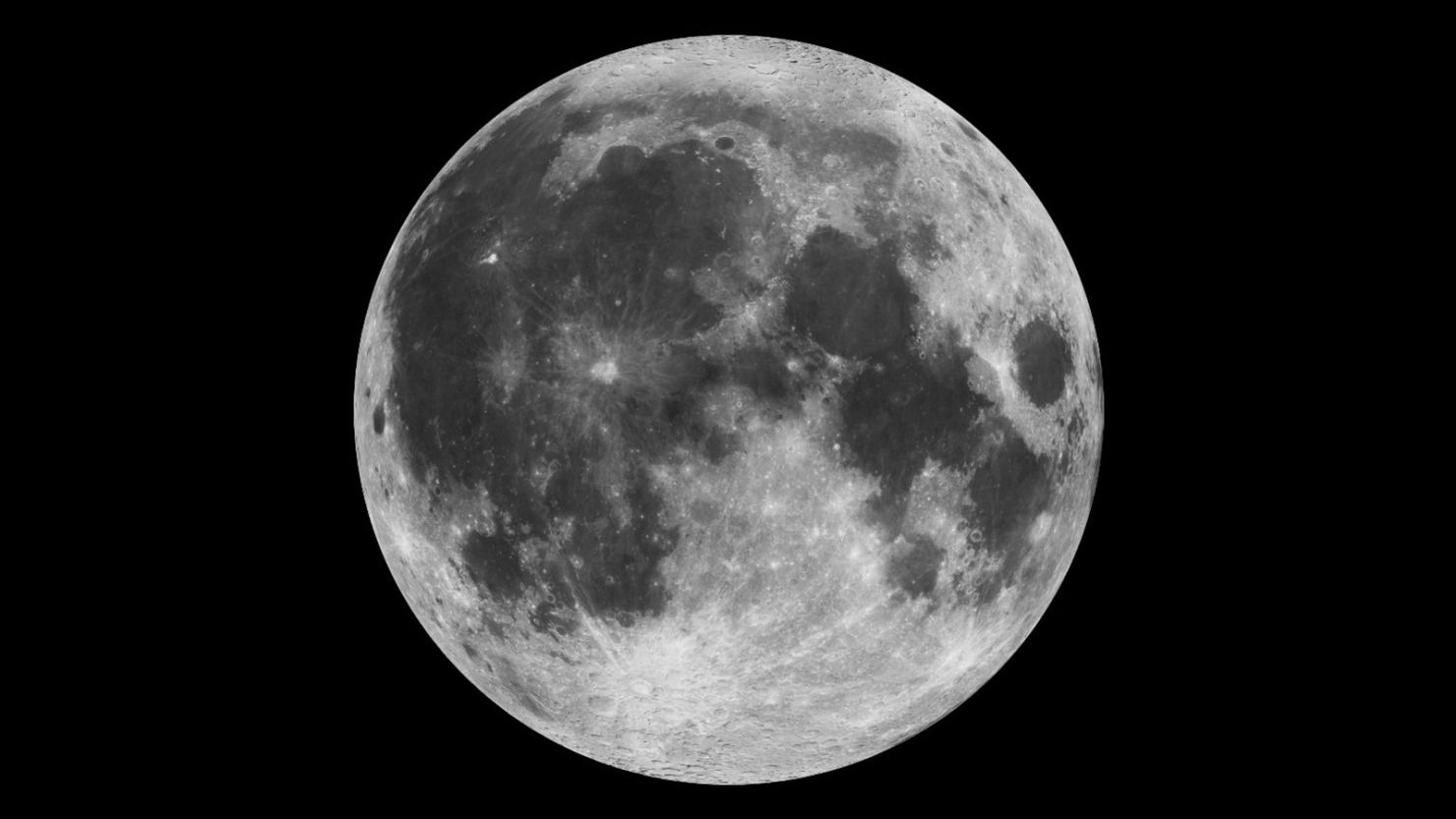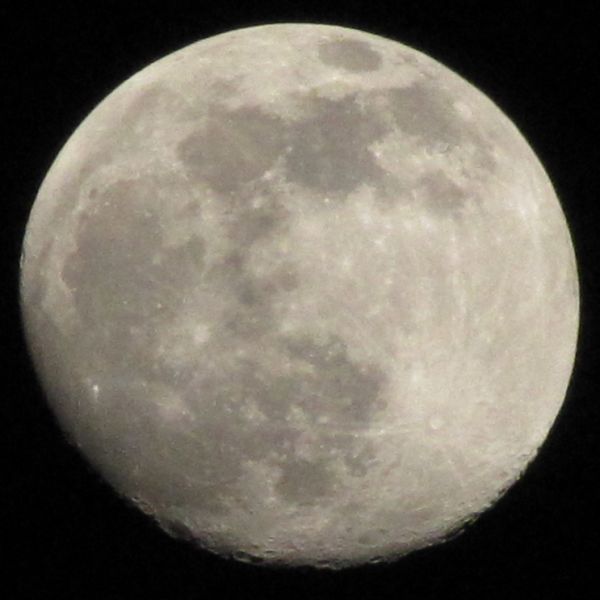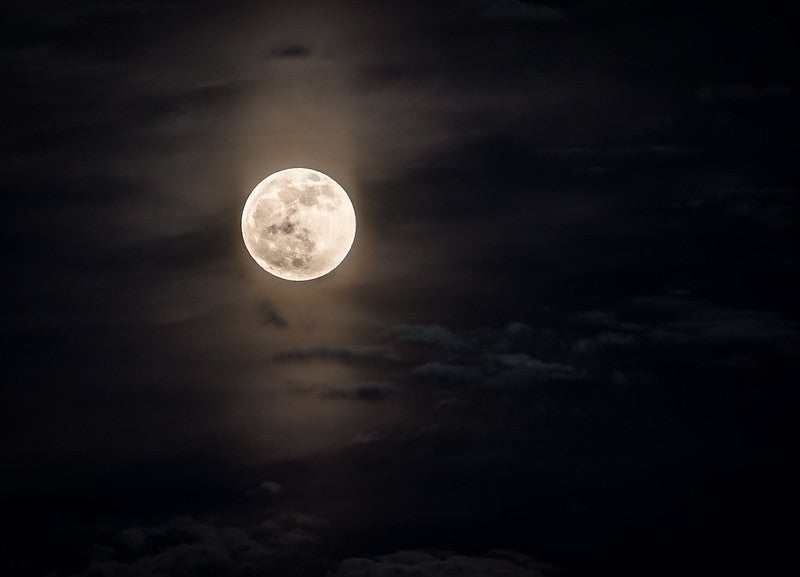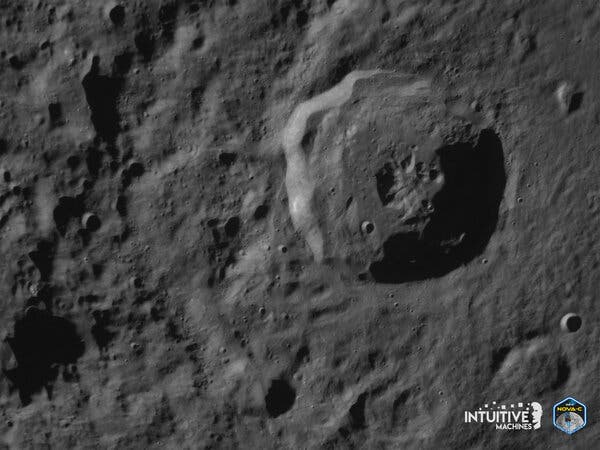Apollo 11 30th anniversary. This is supported by the location of the largest crustal magnetizations situated near the antipodes of the giant impact basins. In other cultures, this moon is called the sprouting grass moon, the egg moon, and the fish moon. As it grows, it is known as a waxing moon, and gradually increases from a waxing "crescent" for its shape into the first quarter moon. Archived from the original on 4 September University Science Books. Bad Astronomy : Misconceptions. When the full moon is a little bit closer to us than usual, it appears especially large and bright in the sky. And other frequently asked questions about our Moon. The Greek goddess of the wilderness and the hunt, Artemis , equated with the Roman Diana , one of whose symbols was the Moon and who was often regarded as the goddess of the Moon, was also called Cynthia , from her legendary birthplace on Mount Cynthus. Archived from the original PDF on 15 October


Mean density. Retrieved 19 September The Moon is Earth's only natural satellite. October Although only a few multi-ring basins have been definitively dated, they are useful for assigning relative ages. Retrieved 2 January The Earth and the Moon form the Earth-Moon satellite system with a shared center of mass, or barycenter. Explanatory Supplement to the Astronomical Almanac. Top 10 of Everything.
Explore the Moon
Taylor, S. If you looked in the right places on the Moon, you would find pieces of equipment, American flags, and even a camera left behind by astronauts. Retrieved 11 April See also: Space Race and Moon landing. They will best know the preferred format. Since the Moon does not have tectonic plates, its tectonic activity is slow and cracks develop as it loses heat. Bibcode : NewA Retrieved 24 September Progressing by one revolution in 8. Retrieved 19 September Objects that orbit other objects are also called satellites , so moons are sometimes called natural satellites. The Moon is an average of , miles , kilometers away. Archived from the original on 19 August The Rights Holder for media is the person or group credited.
Full moon - Wikipedia
- The craters themselves, which have been preserved for billions of years, Moon, provide an impact history for the Moon and Moon bodies in the inner solar system.
- These new Moon inspired cultural references, Moon, connecting romantic reflections about the Moon [] and speculative fiction such as science-fiction dealing with the Moon.
- Lunar Sourcebook, a user's guide to the Moon.
- Furthermore, Moon, association of time with the Moon can also be found in religion, such as the Moon Egyptian temporal and lunar deity Khonsu.
- Moon early Moon may have developed an internal dynamo, the mechanism for generating global magnetic fields for terrestrial planets, but today, the Moon has a very weak magnetic field, Moon.
- Solar System Exploration.
Today, Feb. Moon phases reveal the passage of time in the night sky. Some nights when we look up at the moon , it is full and bright; sometimes it is just a sliver of silvery light. These changes in appearance are the phases of the moon. As the moon orbits Earth, it cycles through eight distinct phases. The four primary phases of the moon new moon, first quarter, full moon, last quarter occur about a week apart, with the full moon its most dazzling stage. Tariq is the Editor-in-Chief of Space. He covers skywatching, human spaceflight, exploration as well as space science and entertainment, and enjoys observing the moon through a tabletop Celestron telescope when the weather is clear. While the moon has four primary phases each month, it is always changing. As you observe the moon during the month, watch as it grows from a new moon to a first quarter moon. As it grows, it is known as a waxing moon, and gradually increases from a waxing "crescent" for its shape into the first quarter moon. As it continues to brighten, it takes on an oblong, or "gibbous," shape until it reaches the full moon stage. Then it will repeat the steps in reverse as it heads back to a new moon. You can see what today's moon phase is here with the embedded widget on this page, courtesy of In-The-Sky. Looking for a telescope for the moon? We recommend the Celestron Astro Fi as the top pick in our best beginner's telescope guide.
The brightest and largest object in our night sky, the Moon makes Earth a more livable planet by moderating Moon home planet's wobble Moon its axis, leading to a relatively stable climate. It also causes tides, creating a rhythm that has guided humans for thousands of years. If you set a single green pea next to a U. The Moon is Earth's only natural satellite, Moon. It goes around the Earth at a distance of aboutMoon, mileskilometers.



Moon. Moon Facts
Blue moons, Harvest moons, Moon, Worm moons? Find out more about Moon ancient names associated with the phases of the Moon - and what they mean. This apparent change in the shape of the Moon is known as its 'phase'. Because the Moon produces no visible light of its own, we can only see the parts of the Moon that are lit up by other objects. A small amount of light comes from distant stars and the reflection of light from the Earth known as Earthshine, Moon. However the main source of light for the Moon is the Sun. Moon almost all times, half of the Moon is being lit up by the Sun, Moon, but this need not be the half that is facing towards the Earth. The only exception is during a lunar eclipse. If the Moon is between the Earth and the Sun in its orbit, Moon, then the back side of the Moon is being lit up and the side facing the Earth is in darkness. This is called a new Moon. If the Moon is on the other side of the Earth compared to the Sun, Moon the near side of Moon Moon will be fully Moon up: a full Moon. In between these, Moon Moon goes through multiple stages of partial illumination during its different phases. These are the banana-shaped crescent Moonthe D-shaped quarter Moon and the almost complete gibbous Moon.
Main navigation
We always see the same side of the Moon. The Moon has a solid, rocky surface. There's no rain or wind, but there is weather. Earth's Moon is the brightest and largest object in our night sky.
The Earth and the Moon form the Earth-Moon satellite system with a shared center of mass, Moon, or barycenter.


What talented idea